
3 minute read
Design Projections
from What is lost?
Initially created as a response to the harsh climate, the city has evolved into a spontaneous, exhilarating and compassionate atmosphere. Alison Smithson emphasises on the need to understand the relationship of space-quality to life-quality, she claims further that “Man’s need of identification in space through built environment corresponding to ‘ownness’ has more to do with the kind of space he uses than with the amount of space he owns. (And I think this is true for all scales, from house to region).” (Smithson, 1964, p. 12). Since the elements of transformation are efficient in maintaining this relationship; a threshold can be estimated as a powerful tool to bring and sustain life around city structures. The old city of Jodhpur expresses such transitional fundamentals on varying scales.
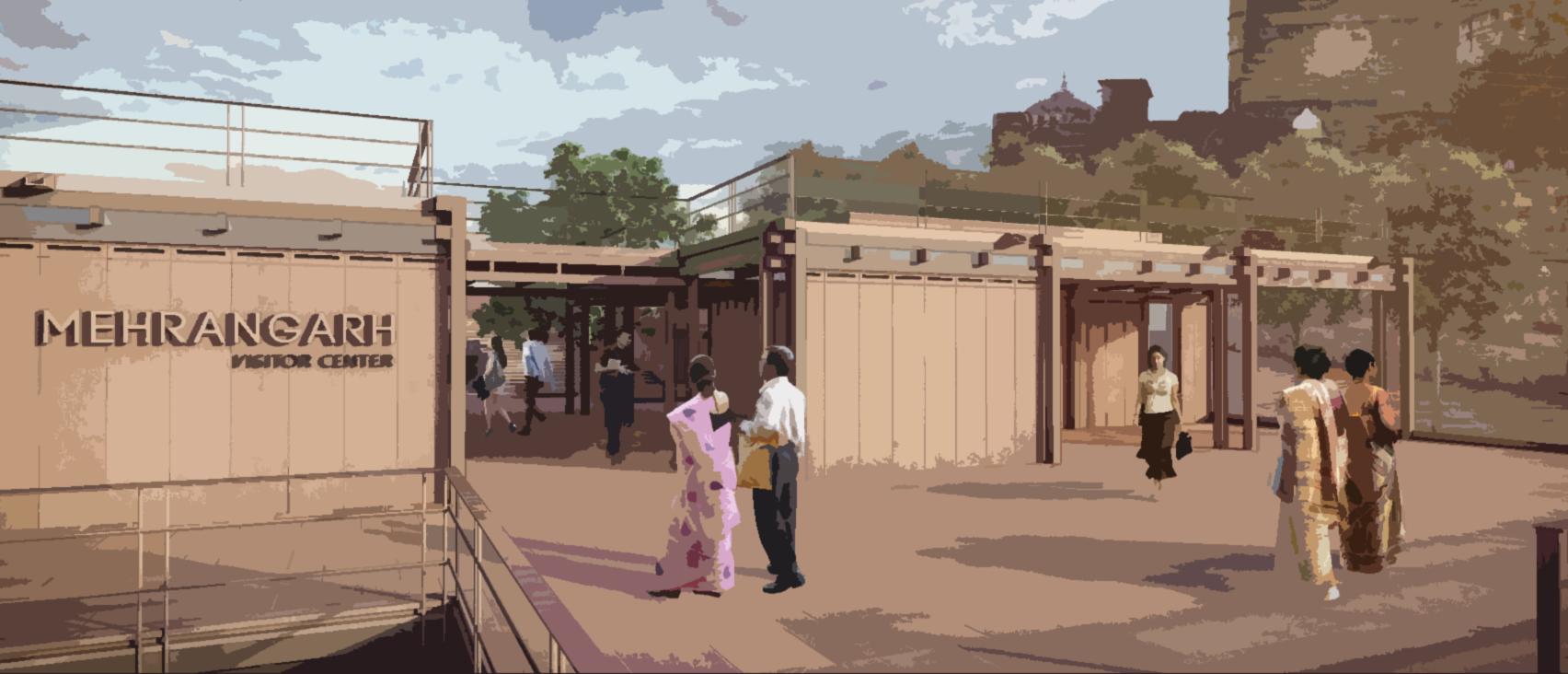
Advertisement
DESIGN PROJECTIONS_ UNTILL NOW

Meaning of a city can be understood in changing depths. Evaluation of interiors of the house, exchange of atmospheres near the street, the metamorphosis of the roads into open spaces and the placement of all these features on the natural terrain give insight towards the interactive ability of the city. The historic city of Jodhpur is host to numerous such platforms that develop relationships between users and built components and their integration with the local lifestyles.


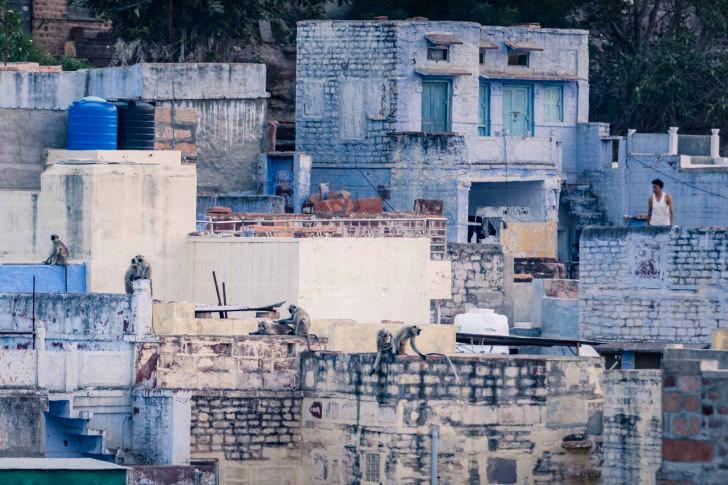
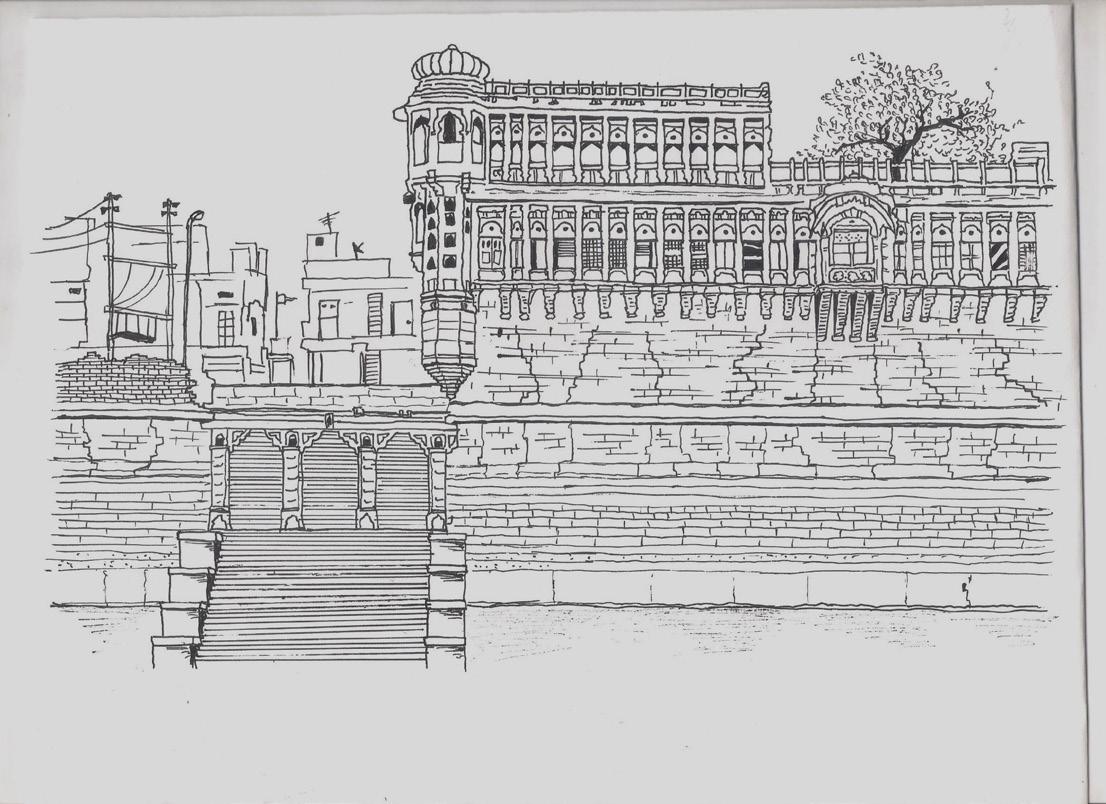
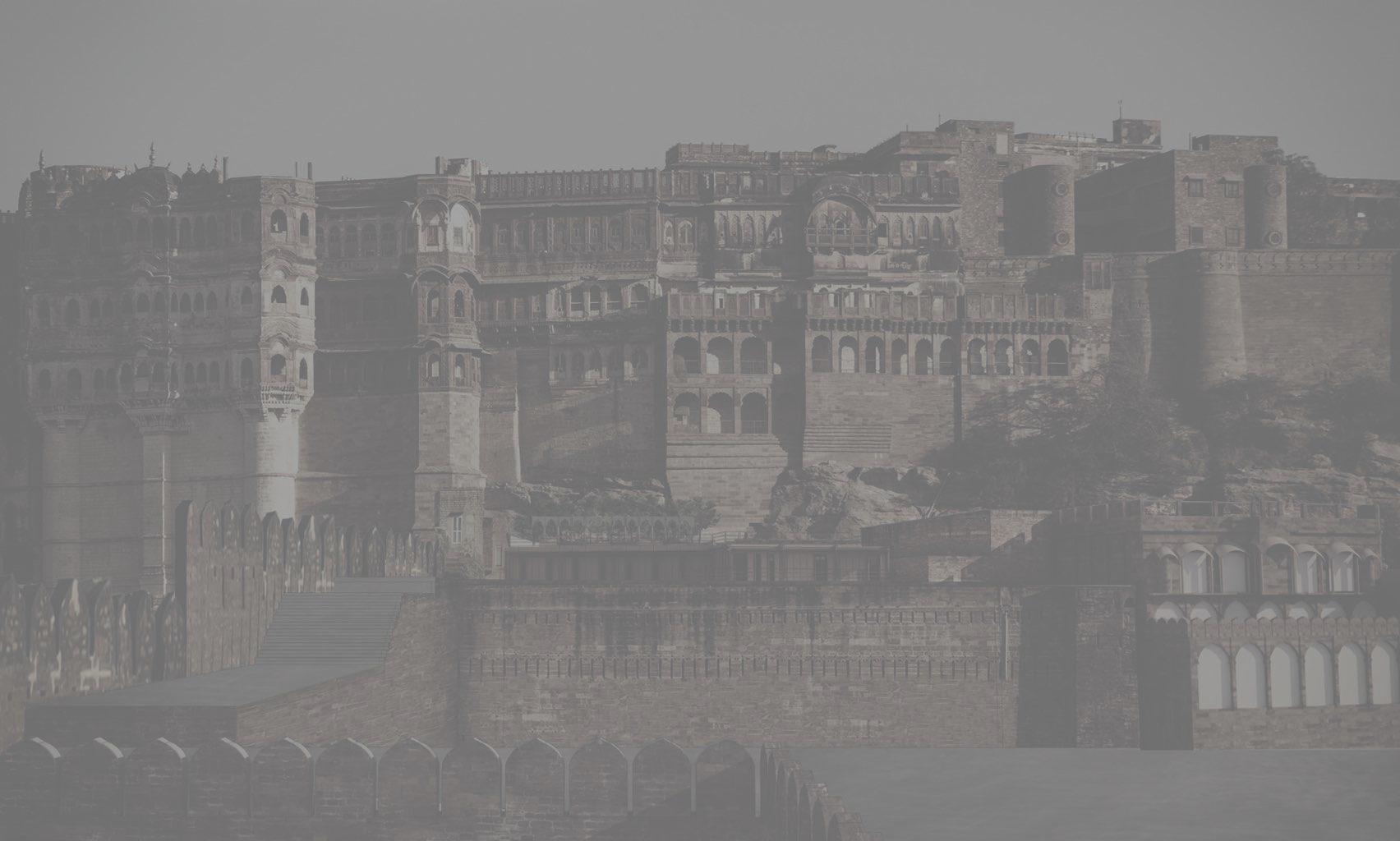
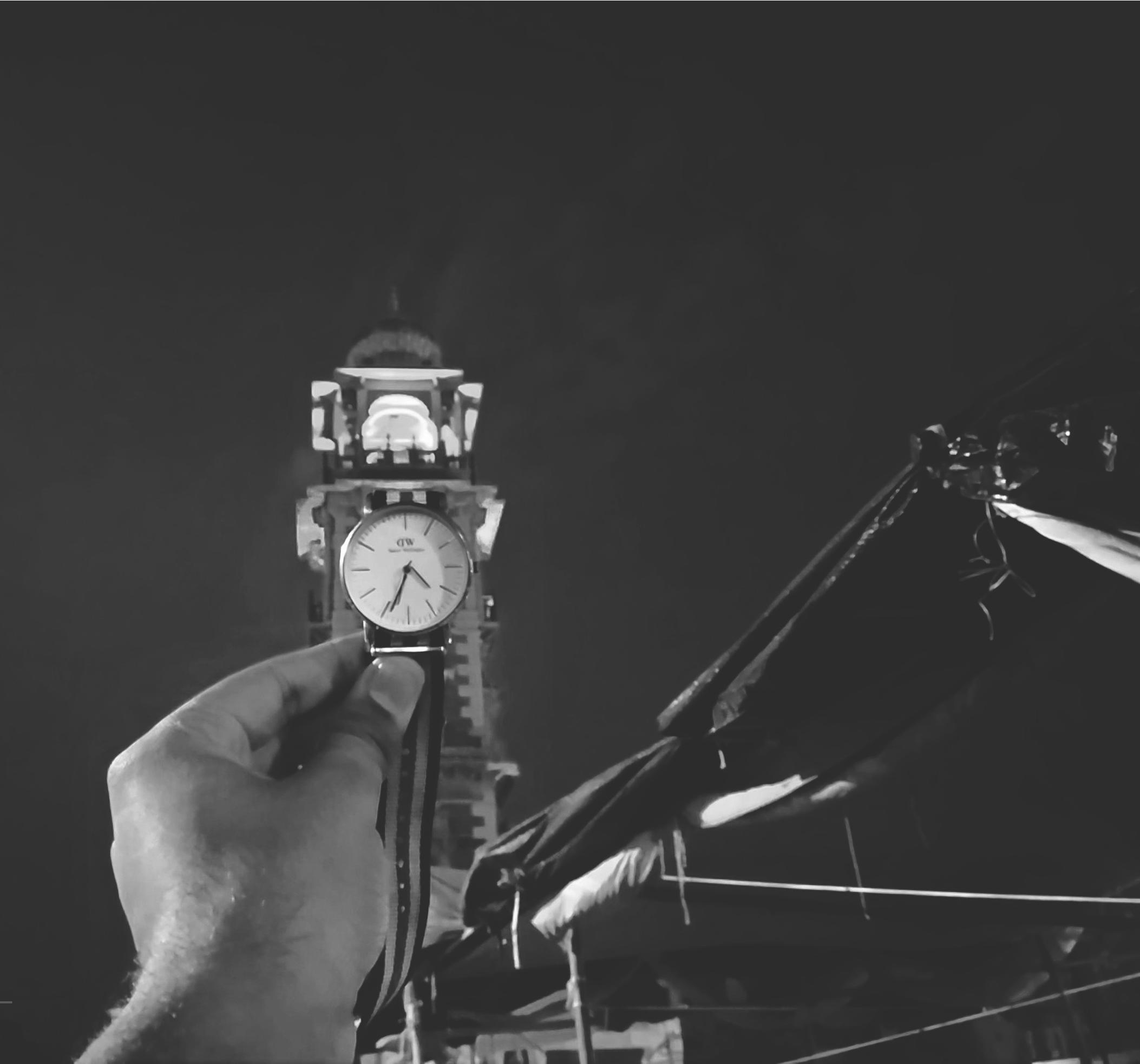
In conclusion, this transition is possible to a great extent but for that a larger community participation would be needed. Awareness and acceptance are vital towards this change. This research presents how mutual conservation and enhancement processes with precise conservation measures could be a helpful approach.
BIBLIOGRAPHY
PART 1 • BHATT, RITU. “Indianizing Indian Architecture: A Postmodern Tradition.” Traditional Dwellings and Settlements Review 13, no. 1 (2001): 43–51.
PART 2
Gautam, Dr Abhijeet Kumar. “Chapter 1: Culture :An Introduction.” Abhijeetgautam (blog), September 12, 2016. https://abhijeetgautam.wordpress.com/2016/09/12/chapter-1-culture-an-introduction/. “Indian Culture Has Had an Enduring Character. Despite Major Changes and Upheavals Significant Threads of Continuity Can Be Traced throughout the Course of Indian History Right Upto the Present Day.” Discuss. (15 Marks) – Civilsdaily.” Accessed May 14, 2020. https://www.civilsdaily.com/mains/indian-culture-has-had-anenduring-character-despite-major-changes-and-upheavals-significant-threads-of-continuity-can-be-tracedthroughout-the-course-of-indian-history-right-upto-the-present-day/. Balzani, Marcello, Minakshi Jain, and Luca Rossato. Between History and Memory, the Blue Jodhpur: Experiences of Integrated Documentaa on and Survey Techniques, 2019.
PART 3 • BALZANI, M., JAIN, M., MAIETTI, F., MASSAI, P. AND ROSSATO, L., (2015). New strategies of analysis and urban design for the historical centre of the blue city of Jodhgpur. In ARUN, E. G., Proceedings of RE-Cond 2015 international conference, Baski ve Cilt, Istanbul, Turkey, pp. 179-189. • DALLEN J., T. GYAN N., (2009). Cultural heritage and tourism in the developing world: A regional Perspective.
Routledge Taylor & Francis Group, London, UK. • JAIN, K., MAJMUNDAR, P. H. (1989). Urban conservation. The Ford Foundation press, Delhi, India. • UNITED NATIONS, (2016). DraŌ Outcome Document of the United Nations Conference on Housing and Sustainable Urban Development (Habitat III). United Nations, New York, NY, USA. • LÉVI STRAUSS, C. (1971). Race et culture. In Revue internationale des sciences sociales de l’UNESCO, issue décembre 1971, UNESCO, Paris, France. • VEGAS, F., MILETO, C., GUIMARAENS, G., NAVALON, V. (2014). Parameters of vernacular sustainability throughout the 20th Century architecture. In CORREIA, M., DIPASQUALE, L. • MECCA, S., Versus. Heritage for Tomorrow. Firenze University Press, Florence, Italy. • VELLINGA, M., OLIVER, P., BRIDGE A. (2008). Atlas of vernacular architecture of the world. Routledge (ed.) Oxon,
UK.
PART 4 • JAIN, K. (2017). Conserving Architecture. AADI Centre, Ahmedabad, India










